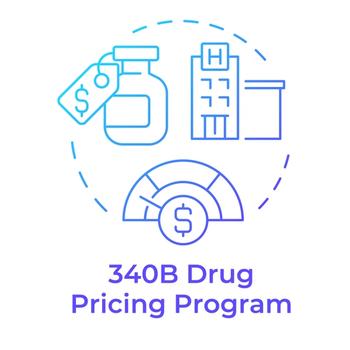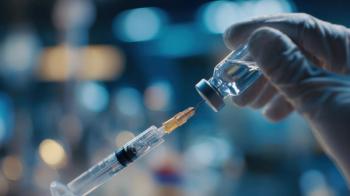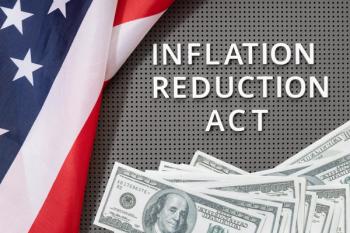
Regence Reduces Annual Drug Spend by $37 Million with Biosimilars
An integrated approach helped Regence drive conversion to biosimilars with a 95% member utilization.
While specialty drugs account for less than 2% of Regence’s insurance claims, they are responsible for more than 55% of annual drug spend. Regence, which serves more than 3.4 million people through its health plans in Idaho, Oregon, Utah and Washington, is a nonprofit affiliate of the Blue Cross Blue Shield Association.
Regence leaders wanted to drive conversion to biosimilars use across all of its programs to lower spending on specialty. With an integrated approach, Regence was able to convert 95% of the therapies that have an available biosimilar, saving $37 million annually.
“We are committed to making healthcare more affordable without compromising quality,” David Robertson, vice president of clinical pharmacy services, said in an interview with Formulary Watch. “Our pharmacy team has done a lot of its own research, reviewing the evidence on biosimilars and making recommendations for their use.”
In 2019, Regence began a concerted effort to focus on biosimilar adoption. The plan gave parity position on formularies to biosimilars along with the reference products for Neupogen (filgrastim), a supportive therapy for patients receiving cancer treatments, and Procrit (erythropoeitin), to treat patients with anemia. For other products, Regence preferred a biosimilar over the reference products. Regence leaders, however, wouldn’t name the specific biosimilars that were preferred.
The plan leaders took a multiple step approach to help achieve adoption. Pre-authorization requirements were either removed or pre-approved for preferred biosimilars. The plan also developed educational content for members and providers highlighting their value, including safety, efficacy and cost savings. Communications with members and their providers, as well as infusion sites, began as early as six months before a switch went into effect.
"We wanted to provide a foundational education to our providers and to our members about biosimilars, what they were, what they weren't, and being sure that they understood the value that they bring," Robertson said.
Providers were mostly accepting of the biosimilars. "There were some concerns in the more sensitive populations, in pediatrics, and in oncology or auto immune where you might have somebody established on care. There was concern that any sort of change could cause a flare."
Assessing manufacturer capability was as important as costs, he said. “We wanted to know if they would be good partner with us in terms of trying to solve for any issues or obstacles that might come up,” he said.
Regence started with an effort to switch to the Neupogen and Neulasta (pegfilgrastim) biosimilars. These products are granulocyte colony-stimulating factors (G-CSF) that are administered after chemotherapy to address neutropenia (low white blood cells). G-CSF is a type of growth factor that makes the bone marrow produce more white blood cells so it can reduce the risk of infection.
Specifically, the plan gave parity position to all of the Neupogen biosimilars, which include Zarxio, Releuko, and Nivestym. With Neulasta, Regence initially had a single preferred biosimilar product and now has two biosimilars preferred. Neulasta biosimilars include: Fulphila, Fylnetra, Nyvepria, Udenyca, and Ziextenzo. (Editor’s note: a sixth biosimilar, Stimufend, was approved in September 2022.)
Regence then followed with an effort to switch the oncology therapeutics. For the monoclonal antibodies Avastin (bevacizumab), Herceptin (trastuzumab), and Rituxan (rituximab), the plan preferred a single biosimilar for each.
On the pharmacy side, Regence included the Lantus biosimilar Semglee as preferred. Approved in July 2021, Semglee is interchangeable with Lantus (insulin glargine), a long-acting insulin analog. Semglee is the first interchangeable biosimilar product approved in the United States to treat patients with diabetes.
Robertson said the plan started with a template that was adjusted depending on some differences in the distribution or the administration of products. He said they are currently assessing the Humira biosimilars and working with their PBM, Prime Therapeutics, and the manufacturers to determine their strategy.
Newsletter
Get the latest industry news, event updates, and more from Managed healthcare Executive.






















































